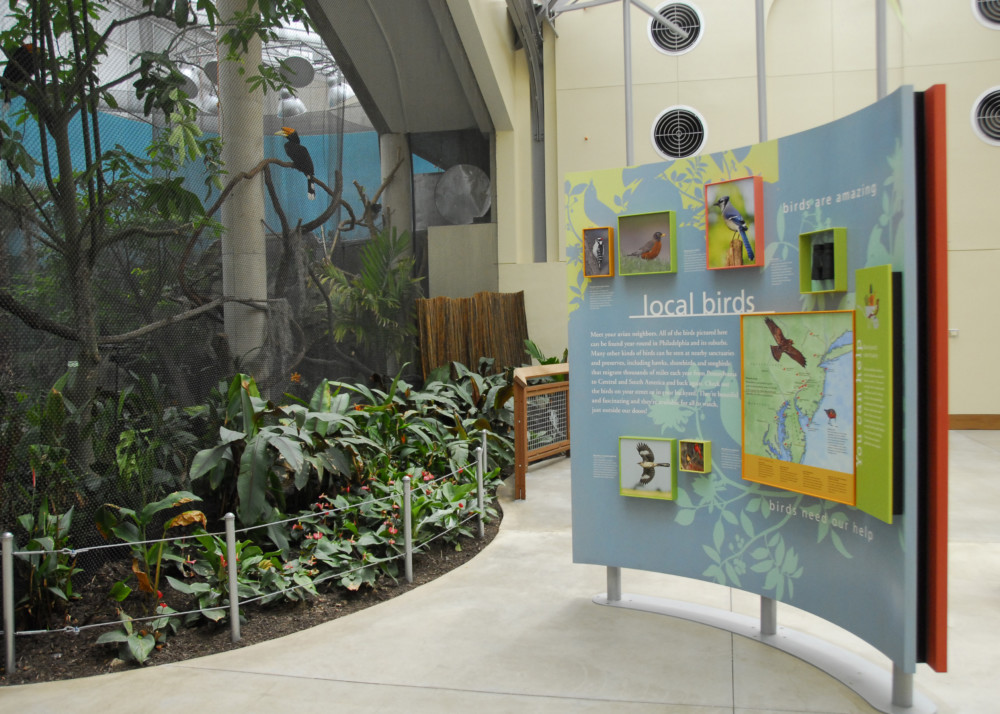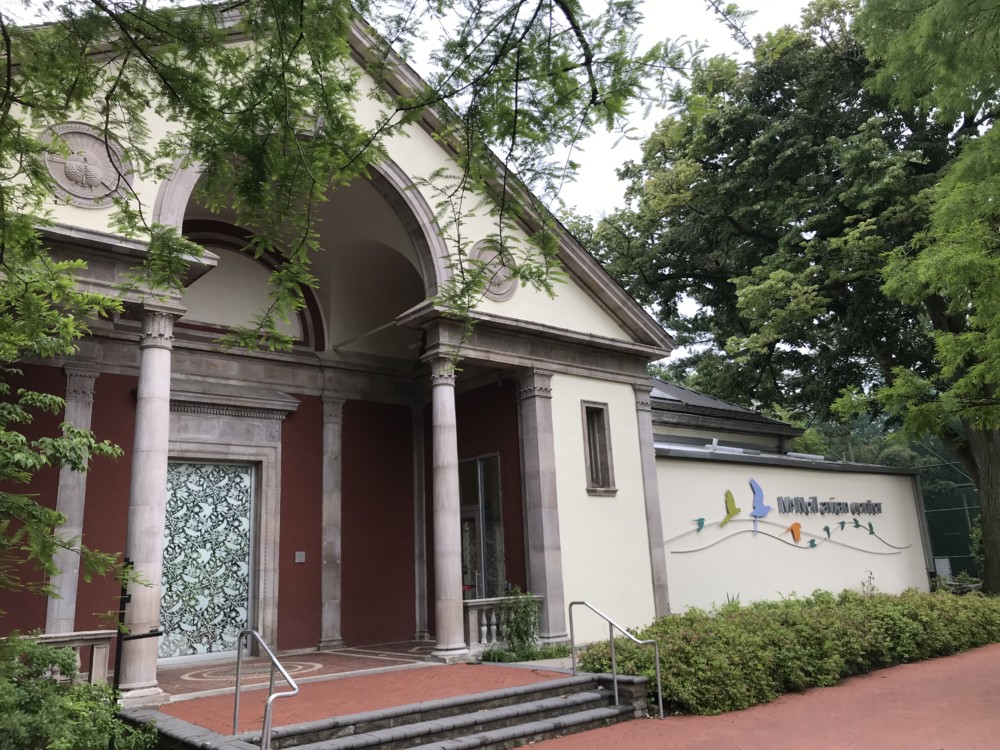
The Philadelphia Zoo is Attracting More Pollinators, One Native Plant at a Time
June 22nd-28th is National Pollinator Week, but Philadelphia Zoo employees urge visitors year-round to create natural spaces where pollinators can prosper.
On its expansive 42-acre site, the Philadelphia Zoo is in the early stages of transforming manicured gardens and unused alcoves into a self-sustaining coterie of native plants.
The idea was sparked years ago when the zoo decided to convert their unused impervious surfaces into green spaces.
“We took our two parking lots and created a wildlife-friendly habitat rain garden in those places. And that does many things, it addresses stormwater management as well as create habitat,” says Kristen Lewis-Waldron, Director of Strategic Initiatives.
Now, the Philadelphia Zoo has set its sights even higher. Half of the zoo’s acreage will eventually be converted to native plants; a monumental initiative that will attract birds and other vital pollinators to Philadelphia.
Stephen Pryce-Lea, the newly appointed Director of Garden Operations, is guiding the horticultural and garden services teams throughout each stage of the native replanting process.
“What I’m doing is working with the team to bring in the missing links. We’re planting wildflowers and native plants that are local to Philadelphia and Pennsylvania because we know that they’re tried and tested. If you want something that’s guaranteed to work, then you go native,” remarks Pryce-Lea.
While carefully selected native plants help lure pollinators to the site, the zoo also ensures that wildlife remain healthy once they arrive. While all of their shelter, food, and water needs are provided, the buildings onsite––many of which house animal enclosures and educational programming––could pose a risk to birds that visitors are likely unaware of.
Birds often fly into glass windows and surfaces because they are unable to perceive the surface the way humans do, leading to injury or death. Fortunately, the zoo has taken steps to protect their avian friends and prevent collisions.
“The zoo has invested in bird-safe glass in many locations, particularly McNeil Avian Center, which has a very attractive pattern to humans. But we also have patterns throughout the zoo that are more visible to the birds themselves,” explains Ian Gereg, Curator of Birds.

How You Can Create a Pollinator-Friendly Habitat in the City
Even though the Philadelphia Zoo is working on a comprehensive, multi-stage project, employees encourage Philadelphia residents to replicate the zoo’s efforts on a smaller scale. Any outdoor space can be a home for greenery that will help pollinator populations thrive in the city.
“We encourage people to take action at home… Reducing pesticides and fertilizer, planting milkweed, and if you have a little bit of a lawn, turn that lawn into native plants. Even if you have an apartment with a balcony, you can turn it into a great habitat for wildlife,” notes Lewis-Waldron.
In addition to the changes you can make at home, you can support the zoo’s mission by learning more on their website and donating to the SPRING BACK Fund, which supports their operations as staff continues to work on site and remotely during the pandemic.
Cover photo courtesy of the Philadelphia Zoo.








